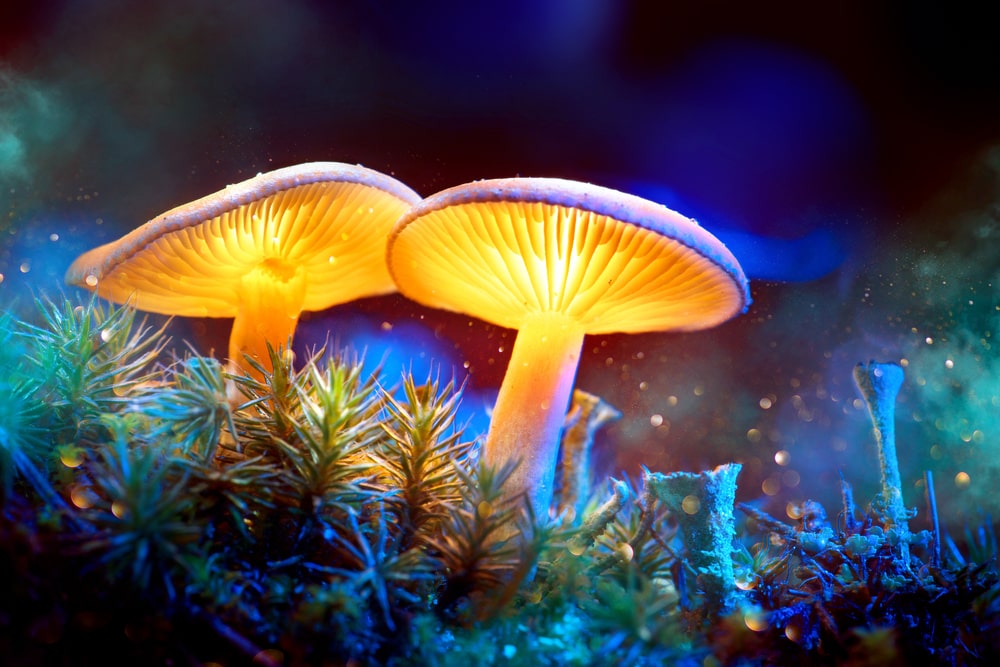There are around 14,000 species of mushrooms found in the wild. Psychoactive mushrooms contain substances such as psilocybin, psilocin, and baeocystin. You might know psilocybin mushrooms as magic mushrooms or shrooms. Numerous types of such mushrooms are in nature, while they primarily differ regarding psilocybin concentration. Furthermore, psilocybin mushrooms pose a chance of misrecognition, so people risk eating poisonous mushrooms by mistake. Let’s take a quick look at the significant types of psychoactive mushrooms.
The essentials: what types of mushrooms are psychoactive?
Around 200 various magic mushroom species found in nature are currently described. They dramatically differ by severity, as the concentration of psychoactive substances varies from one type to another. Classifications of magic mushrooms typically depend on the mushroom’s biological genera. The most common ones include psilocybin, panaeolus, copelandia, and gymnopilus. Besides, psychedelic mushrooms prefer to grow in soils rich in plant debris, so woods of tropical and subtropical regions are their perfect habitats.
Around 53 mushroom species are widespread in Mexico, 22 – in the USA and Canada, 16 types in Europe, and 15 kinds in Asia. Here are the most pervasive magic mushroom varieties:
1. Psilocybe Cubensis
This magic mushroom variety is the most famous due to its wide distribution and effortless cultivation. Another common name of Psilocybe cubensis is golden caps – they have a 2 to 8 cm brown or tanned cup that gains a conical shape as it grows. Psilocybe cubensis is common in the southeastern USA, Costa Rica, Mexico, Brazil, Colombia, Thailand, Vietnam, etc.
2. Psilocybe Semilanceata
Another widespread species of magic mushrooms is Psilocybe semilanceata, or liberty caps. These fungi feature a large conical-shaped cap, with an average diameter of 5 to 25 mm. Being native to Europe, especially in Bulgaria, France, Hungary, Slovakia, and Germany, these mushrooms also grow in Canada, the Pacific Northwest of the US, and Australia.
3. Psilocybe Mexicana
A magic mushroom species Psilocybe mexicana is considered native to Mexico, while it is also found in Costa Rica and Guatemala. The appearance of Psilocybe mexicana features a brown cap with an average diameter of 0.5 to 2 cm. Once injured, the color of its cap turns blue.
4. Psilocybe Cyanescens
Psilocybe cyanescens are known as wavy caps due to their appearance. Once a mushroom is mature, it has a wavy-shaped cap and becomes blue when touched. The species is one of the most potent magic mushrooms. A habitat of these mushrooms includes the Pacific Northwest of the US, New Zealand, Iran, and Central and Western Europe.
5. Psilocybe Aurescens
These fungi stand for a high concentration of psilocybin and psilocin. Users know Psilocybe aurescens as flying saucer mushrooms. The shape of their caps is conic to convex with a brown or tanned hue. Mushrooms naturally occur on the West Coast of the US – California, Washington, Vermont, New Mexico, and Pennsylvania are native to them. Psilocybe aurescens are widely cultivated in Germany, the UK, the Netherlands, and New Zealand.

